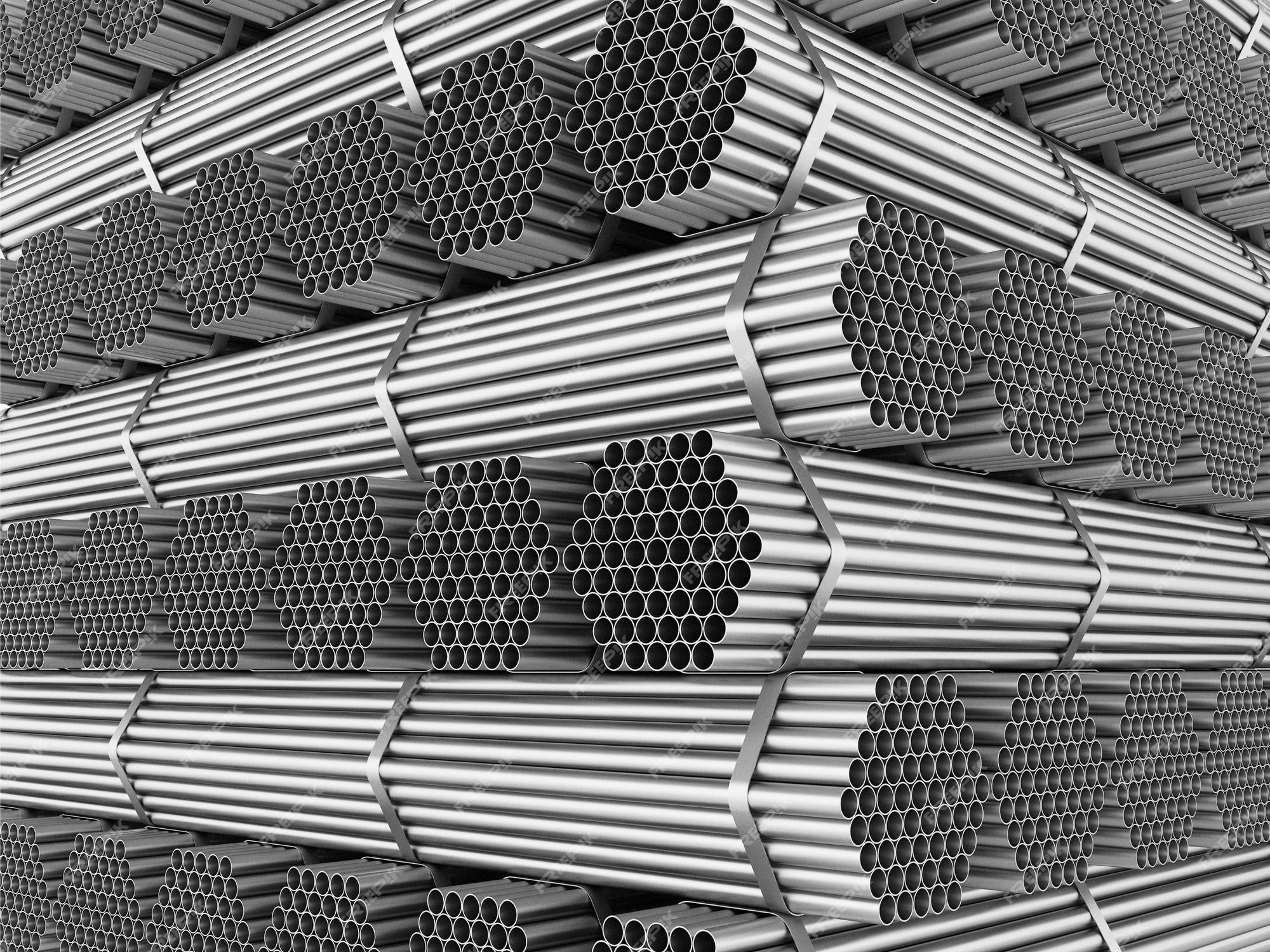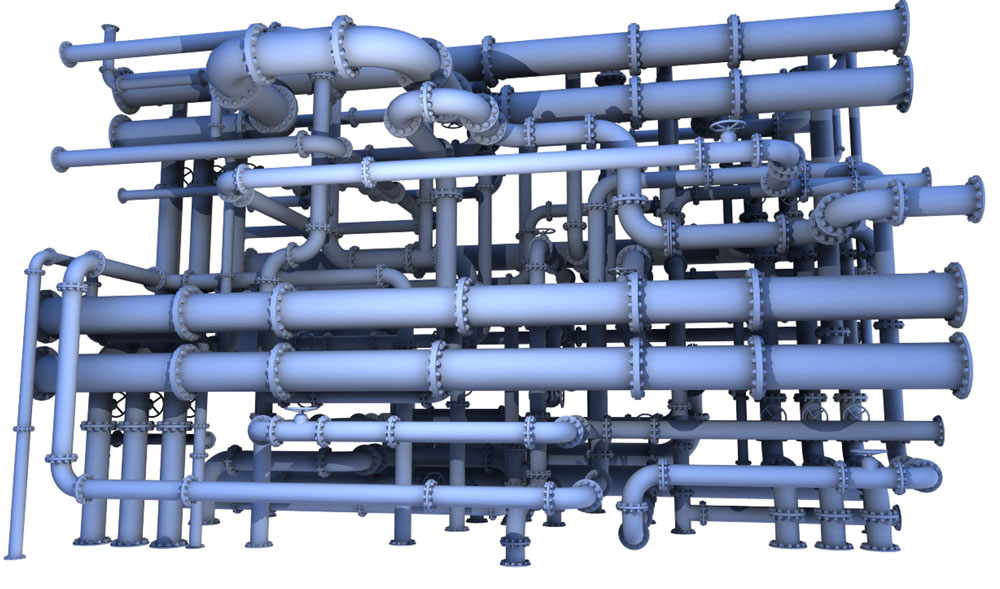How Galvanized Pipe China Got Started
-
 2022-11-08
2022-11-08
-


Galvanized pipe is an essential component of any water infrastructure. Galvanized pipes are coated with zinc and prevent corrosion by protecting the metal underneath. They also have a much greater lifespan than uncoated steel or iron pipes. Galvanized pipe is widely used in most drinking water systems, waste water systems, and drainage systems because of its effectiveness against corrosion and its affordability when compared to other materials such as plastics or metals that are coated with chemicals like epoxy, polyethylene, or vinyl. The galvanizing process involves immersing the pipe in a zinc solution that coats it on both interior and exterior surfaces. Let’s take a closer look at galvanized pipe production in China.

What is galvanized pipe?
Galvanized pipe is a metal pipe that is coated with zinc. It is often used in water infrastructure because the zinc coating prevents metal corrosion and extends the lifespan of the pipe. The zinc coating is typically applied by a process called “galvanizing,” which involves immersing the pipe in a zinc solution. The pipe is then removed from the solution, dried, and rolled up for shipping. Galvanized pipe is widely used in most drinking water systems, waste water systems, and drainage systems because of its effectiveness against corrosion and its affordability when compared to other materials such as plastics or metals that are coated with chemicals like epoxy, polyethylene, or vinyl.
Why is galvanized pipe used in drinking water systems?
Zinc is a naturally occurring element that is non-toxic, biodegradable, and non-corrosive. It is an ideal material for the construction of water pipes since it is inherently resistant to corrosion. Cities often use galvanized pipes in drinking water systems. Galvanized pipes are an affordable option that can be produced in large quantities. They are also more flexible than some alternative materials and can be easily connected using standard fittings.
Where is galvanized pipe used in water infrastructure?
Most drinking water systems use galvanized pipes to transport water to homes and businesses. Galvanized pipes can also be used for water distribution throughout a city. Wastewater systems often use galvanized pipes to transport wastewater from homes and businesses to wastewater treatment plants. Drainage pipes collect and transport surface runoff from roofs and streets to stormwater systems.
How is galvanized pipe produced in China?
The galvanizing process involves immersing the pipe in a zinc solution that coats it on both interior and exterior surfaces. An electric current is passed through the solution to promote zinc electroplating. The galvanizing process can be done either in a batch or continuous process. The pipes can then be cleaned, dried, and rolled up for shipping.
Challenges with Galvanized Pipe Production in China
China has a long history of producing galvanized pipes, particularly for the drinking water and wastewater industries. Metal production in general is a major industry in China, making the country an ideal location for galvanized pipe production. The most significant challenges facing galvanized pipe production in China include supply chain disruptions and a lack of government support for the water industry.
Conclusion
Galvanized pipes are an essential component of any water infrastructure. They are coated with zinc to protect the metal from corrosion, which extends the lifespan of the pipe. The pipes are widely used in drinking water systems, waste water systems, and drainage systems because of their effectiveness against corrosion and affordability. China is the leading producer of galvanized pipes, making it an ideal location for production. The most significant challenges facing galvanized pipe production in China include supply chain disruptions and a lack of government support for the water industry.



